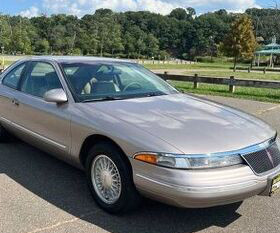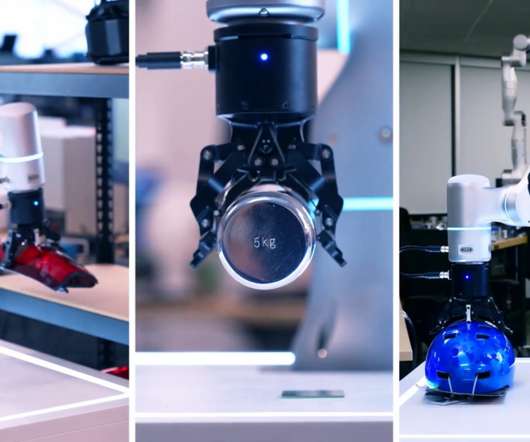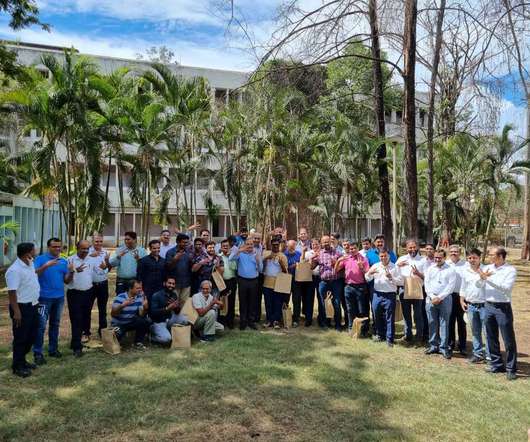Hyundai completes development of 3rd generation fuel cell vehicle; targeting mass production in 2015
Green Car Congress
DECEMBER 22, 2010
Hyundai Motor Company has completed development of its next-generation hydrogen fuel cell vehicle—the Tucson ix Fuel Cell Electric Vehicle (FCEV)—and will begin testing next year with an eye toward 2015 mass production. Hyundai plans to make a limited supply of the Tucson ix FCEV in 2012 and begin mass production in 2015.





























Let's personalize your content